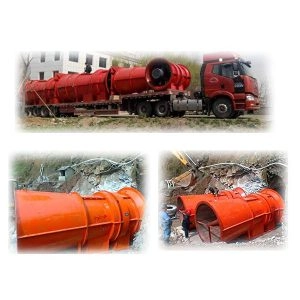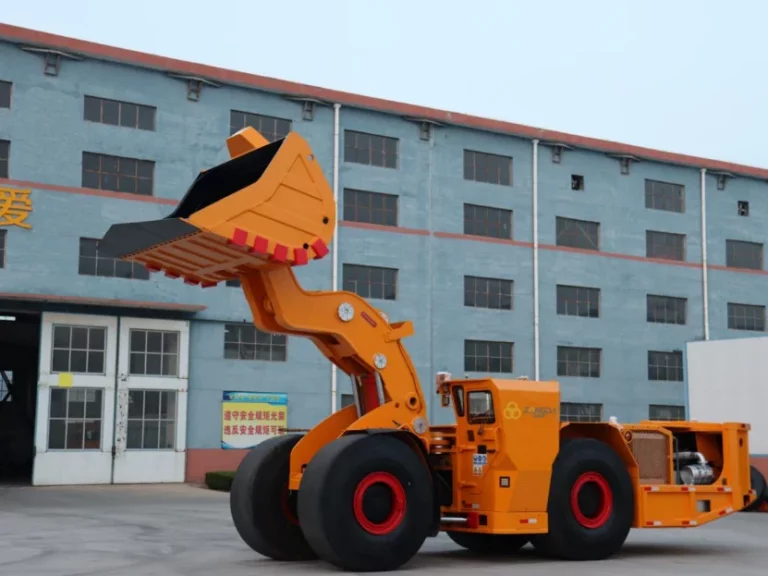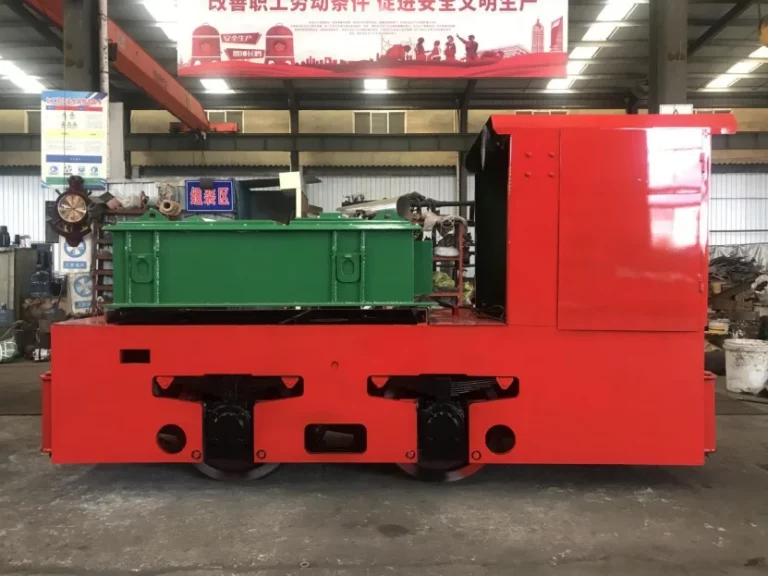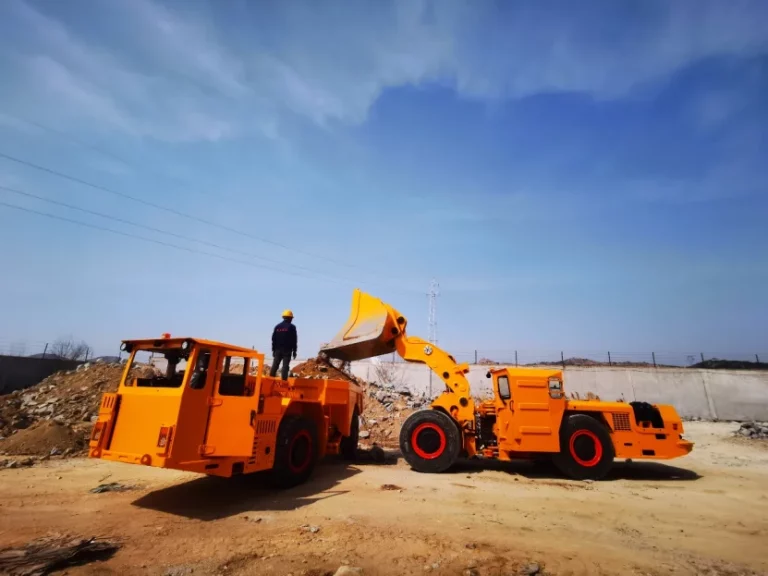Importance of Effective Underground Mining Tunnel Ventilation
Maintaining a productive working environment, in mining tunnels relies heavily on effective ventilation systems to ensure good air quality for miners’ health and safety. The presence of ventilation helps prevent the build-up of gases and dust particles that could pose life-threatening risks and hamper operational efficiency. Adherence, to guidelines, also emphasizes the significance of implementing ventilation to safeguard miners and uphold the long-term viability of mining activities.
Ensuring Safety in Underground Mining
Safety is a top priority in underground mining operations. Proper ventilation systems help dilute and remove hazardous gases, such as methane and carbon monoxide, minimizing the risk of explosive atmospheres. Additionally, ventilation aids in controlling the temperature and humidity levels inside the tunnels, further ensuring the safety of miners. An effective ventilation system can prevent potential accidents, creating a safer workplace.
Health Implications for Miners
Low air quality can cause health problems, for miners such as illnesses and long-lasting health issues due to insufficient ventilation leading to exposure to dust particles and toxic fumes underground. Installing ventilation systems, in mining tunnels can greatly lower the health hazards for miners. Safeguard their overall health and well being which in turn boosts morale and productivity of the workforce.
Compliance with Regulatory Standards
Mining operations must follow rules when it comes to air quality and ensuring worker safety underground is crucial, for compliance and overall worker well-being, in mines.
Key Components of Underground Ventilation Systems
It’s crucial to grasp the elements of ventilation systems, for successful application. The systems consist of parts that collaborate to maintain airflow and air quality in mining tunnels. The primary fans are central, to this process. Are backed by ductwork and additional fans to establish a functioning ventilation system.
Main Fans and Their Functions
In mining tunnel ventilation systems the main fans play a role, in ensuring airflow. They bring in air from the surface. Push out the stale air. Properly sizing and positioning these fans is essential for maintaining airflow and ensuring air quality inside the mine. Choosing the fans depends on various factors, like tunnel length materials used and environmental conditions.
Ducts and Airflow Management
Effective airflow control is crucial, for optimizing the performance of ventilation systems to their potential. Ductwork is vital, in guiding air to areas that require it the most. The configuration and arrangement of ductwork can greatly impact the efficiency of the system. It is important to grasp the varieties of ventilation ductwork as they are made from a range of materials and shapes that can influence air resistance and effectiveness significantly.
Types of Ventilation Ducts
Ventilation systems often consist of fabric and rigid duct options to meet needs, in settings such, as mining operations or industrial facilities.
Importance of Proper Airflow Management
Ensuring airflow in tunnels is important, for maintaining air circulation and controlling temperature and humidity levels effectively. Designed duct systems reduce airflow resistance. Improve the ventilation system efficiency overall. Managing airflow is essential to prevent air stagnation and the buildup of gases.
Auxiliary Fans and Boosters
In lots of mining settings, extra fans and boosters are used to improve the effectiveness of the ventilation system. These extra fans can assist in directing air flow to locations ensuring proper ventilation reaches the farthest corners of a tunnel. They are essential, in preserving air quality, and in mining conditions where air circulation might be limited.
Methods of Underground Tunnel Ventilation
Mining engineers use a variety of techniques, for ventilating tunnels to ensure airflow which helps in choosing the right ventilation systems to meet specific operational requirements.
Natural Ventilation Techniques
Utilizing ventilation involves leveraging variances in pressure and inherent air movements to facilitate air circulation within underground passageways or tunnels efficiently without the need, for artificial aids like mechanical devices or fans placed strategically to enhance air circulation flow naturally and cost-effectively; however, the effectiveness of this approach may be limited in deep mining environments where adequate airflow might be a challenge, at times.
Mechanical Ventilation Systems
Fans and blowers are employed in ventilation systems to regulate the airflow within tunnels actively and efficiently manage air movement, in mining operations of significant scale when combined with natural ventilation methods to maintain a steady airflow throughout the tunnels.
Advantages and Disadvantages of Mechanical Ventilation
Using ventilation comes with its benefits, like controlling airflow and overcoming barriers to natural airflow in mining projects; however, it also comes with the need for regular maintenance and energy use. Finding the balance between these factors is crucial when deciding on the ventilation strategy, for a mining project.
Selection Criteria for Mechanical Systems
When choosing ventilation systems, for mines take into account factors such as tunnel dimensions the amount of air needed, and any pollutants in the air. Additionally pick fans that match the features of the mining setting to guarantee functioning and adherence, to safety regulations.
Design Considerations for Underground Ventilation Systems
Creating ventilation systems involves thoughtful planning to make sure air flows efficiently through the network of tunnels.
Determining Airflow Requirements
Determining the airflow, for a mining operation is crucial when designing ventilation systems as it depends on various factors such as the workforce size, emissions, from equipment, and the existence of hazardous gases.
Factors Influencing Airflow Needs
The way the mining process works and the specific materials being extracted can have an impact, on how much airflow is needed underground in mines. The geological and water-related features of the mine also play a role, in deciding the amount of airflow needed.
Calculation Methods for Airflow Requirements
Various approaches, for determining the airflow needs may involve utilizing established formulas based on experience or conducting simulations using software applications that consider environmental factors and circumstances to determine optimal airflow levels.
Layout Planning
Designing ventilation systems requires the placement of fans and ductwork to enhance airflow within mining tunnels while considering their specific purpose and prolonged usage requirements.
Positioning of Fans and Ducts
Strategically placing fans and ductwork is crucial to ensure airflow in the mining tunnels reducing pressure fluctuations and improving system performance.
Impact of Tunnel Geometry on Ventilation
The layout of the mining tunnels plays a role, in how ventilation works underground. Simple and straight tunnels that maintain a size are better for airflow than winding ones. So knowing how tunnel shapes affect ventilation is key to planning, for air circulation there.
ZONGDA’s Contribution to Underground Ventilation Solutions
One of the contributors, to enhancing air quality, within mining sites is ZONGDA, a provider of cutting-edge underground ventilation systems.
Overview of ZONGDA’s Products
ZONGDA provides a variety of ventilation systems tailored to cater to the requirements of the mining sector incorporating cutting-edge technology, for optimal efficiency and adherence, to safety regulations.
Main Features and Benefits of ZONGDA’s Ventilation Systems
The ventilation systems, from ZONGDA are recognized for their construction and excellent performance and dependability. They play a role in enhancing worker safety by ensuring air quality and temperature levels, in mining facilities.
Application Scenarios for ZONGDA’s Solutions
Ventilation solutions, by ZONGDA, are designed to meet the needs of mining settings such as rock and soft rock environments to ensure optimal ventilation, for mining operations in any conditions.
Innovations in Tunnel Ventilation Technology
The evolution of technology is reshaping the mining tunnel ventilation scene bringing forth solutions that improve effectiveness and eco-friendliness.
Advanced Control Systems for Enhanced Efficiency
The use of control systems allows for the monitoring and regulation of airflow, in underground mining tunnels, in real time. This technology enables adjustments to meet varying conditions resulting in improved ventilation that is both efficient and effective.
Energy-Saving Solutions
The use of energy technologies is becoming more crucial in the development of ventilation systems nowadays. Gearing up with eco fans and controls can notably cut down the energy usage of underground ventilation systems and help enhance the sustainability of mining activities.
Maintenance and Monitoring of Ventilation Systems
It’s crucial to maintain and monitor ventilation systems to make sure they continue to work over time.
Routine Inspection Procedures
Regular inspections are essential to catch any problems and keep the ventilation systems running smoothly. They typically involve looking for leaks, in the system performance and checking that all parts are working as they should be.
Frequency and Scope of Inspections
The frequency of inspections can change based on how intense the mining activities are conducted in a location. In terms of having inspections, at regular intervals is essential to ensure that the system operates with the best performance possible.
Troubleshooting Common Issues
Regularly checking and addressing problems, in ventilation systems is important for their upkeep and efficiency level to be maintained properly over time. The main challenges that are commonly encountered are the decline in fan performance and blockages in ducts that can restrict airflow. Regular monitoring plays a role, in detecting these issues at a stage.
Identifying Performance Degradation
Keeping track of the flow of air and pressures is key, to spotting any decline in performance and making sure to tackle any problems to avoid more serious issues that could create unsafe situations, in the mine.
Future Trends in Underground Mining Tunnel Ventilation
The future of mining tunnel ventilation is being influenced by the changing landscape of the mining industry with the adoption of technologies and focus shifting towards sustainable practices.
Emerging Technologies in Ventilation
The direction of airflow, in mining tunnels is expected to shift towards utilizing ventilation technologies that focus on automation and quick adaptation, to current conditions with new sensor and control system developments aiming to improve efficiency and reduce energy consumption.
Sustainability Considerations
In the coming years and beyond it’s crucial to focus on sustainability when developing ventilation systems. Incorporating innovations that lower the impact of mining activities including energy plans and the use of renewable sources is vital, for complying with regulations and enhancing public opinion, about the sector.






